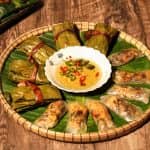Vietnam, the S-shaped country with nearly 100 million people, attracts over 17 million visitors yearly. From the breathtaking terraced rice fields of Sapa, and the magnificent Ha Long Bay, to the crystal-clear beaches of Da Nang and Phu Quoc Island, Vietnam has everything for every travel style. This place is not only renowned for its stunning landscapes but also leaves a lasting impression with its rich culture, diverse cuisine, and warm-hearted people.
If this is your first time visiting Vietnam, this article will serve as your roadmap to help you prepare thoroughly and travel with confidence. Here are essential things to know, from climate, visa requirements, transportation, cultural etiquette, and small but important tips—to ensure your journey is memorable and safe.
Best Time to Visit Vietnam
Vietnam’s climate varies significantly by region, so the ideal time to travel depends on where you plan to go and what experience you are seeking.
Northern Vietnam (Hanoi, Sapa, Ninh Binh…) experiences four distinct seasons. Spring (March–April) offers warm weather and lush greenery, perfect for picnics or mountain hikes. Autumn (September–November) is cool with little rain and clear blue skies — ideal for exploring Hanoi’s Old Quarter or chasing the golden rice harvest in Mu Cang Chai and Hoang Su Phi.
Central Vietnam (Hue, Da Nang, Hoi An, Quang Binh…) is at its best from February to August, with sunny skies — perfect for beach trips or exploring cultural heritage sites. In particular, Quang Binh is home to the world’s most spectacular cave systems, including Son Doong Cave. During this period, sunlight streams into the Watchout for Dinosaurs, creating a rare and magical sunbeam phenomenon that’s truly breathtaking.

Southern Vietnam (Ho Chi Minh City, Can Tho, Phu Quoc…) enjoys stable weather year-round. The dry season, from December to April, is the best time to explore the waterways of the Mekong Delta or soak up the sun on the pristine beaches of Phu Quoc Island.
Travel Tip: You should check the weather at your destination before planning your trip. Some useful websites include:
- Thoitiet.vn – Provides detailed forecasts by province (in Vietnamese)
- AccuWeather – Available in English, ideal for international travelers
- Windy – Offers intuitive maps of rain, wind, and cloud coverage
Apply for a Visa and Enter Vietnam
| Region | Country | Visa-Free Duration |
| Asia | Thailand, Malaysia, Singapore, Indonesia, Cambodia, Laos | Up to 30 days |
| Philippines | Up to 21 days | |
| Myanmar, Brunei | Up to 14 days | |
| South Korea, Japan | Up to 45 days | |
| Kyrgyzstan, Kazakhstan, Mongolia | Up to 30 days | |
| Europe | Russia, Sweden, Denmark, Finland, Norway, United Kingdom | Up to 45 days |
| France, Germany, Spain, Italy, Poland, Czech Republic, Switzerland | Up to 45 days | |
| South America | Chile | Up to 90 days |
| Central America | Panama | Up to 90 days |
*Phu Quoc Island: All nationalities are eligible for a 30-day visa exemption if arriving directly to Phu Quoc Island (Kien Giang Province) by air. You must present proof of onward travel (a ticket to leave Vietnam) at the airport upon entry.
Before coming to Vietnam, you need to check whether your nationality is on the visa exemption list. Some countries, such as South Korea, Japan, and the EU (for a short duration), are granted visa exemptions. However, most travelers need to apply for a visa through one of the following three methods:
- E-visa:
Vietnam allows citizens of more than 80 countries to apply for a visa online through the official portal. The process is simple: submit a passport photo, or a portrait photo, fill out the application form, and wait for a response within a few days.
Official website: https://evisa.xuatnhapcanh.gov.vn
- Visa on Arrival (VOA):
This applies if you enter Vietnam by air. Before flying, you need to obtain an approval letter from an authorized travel company in Vietnam. Upon arrival, present the approval letter at the immigration counter to receive your visa.
- Visa at the Embassy or Consulate:
If you want certainty and have enough time, you can apply for a visa directly at the Vietnamese embassy or consulate in your country.
Transportation When Traveling in Vietnam
Getting around within and between Vietnamese cities can be both exciting and a little bit “chaotic” if you’re not used to it. Here are some popular options:
Traveling between provinces/cities:
- Airplane: Domestic airlines like Vietnam Airlines and VietJet Air have many affordable flights. You can book in advance to get better prices.
- Quality passenger buses: If you want to experience road travel, such as from Ho Chi Minh City to Da Lat or from Hanoi to Sapa, reputable companies such as Phuong Trang, Limousine Travel, Thanh Buoi, and so on are suitable.
- Train: Despite being slower, it’s a great way to enjoy the scenery and relax. The North-South railway line runs along the length of the country.
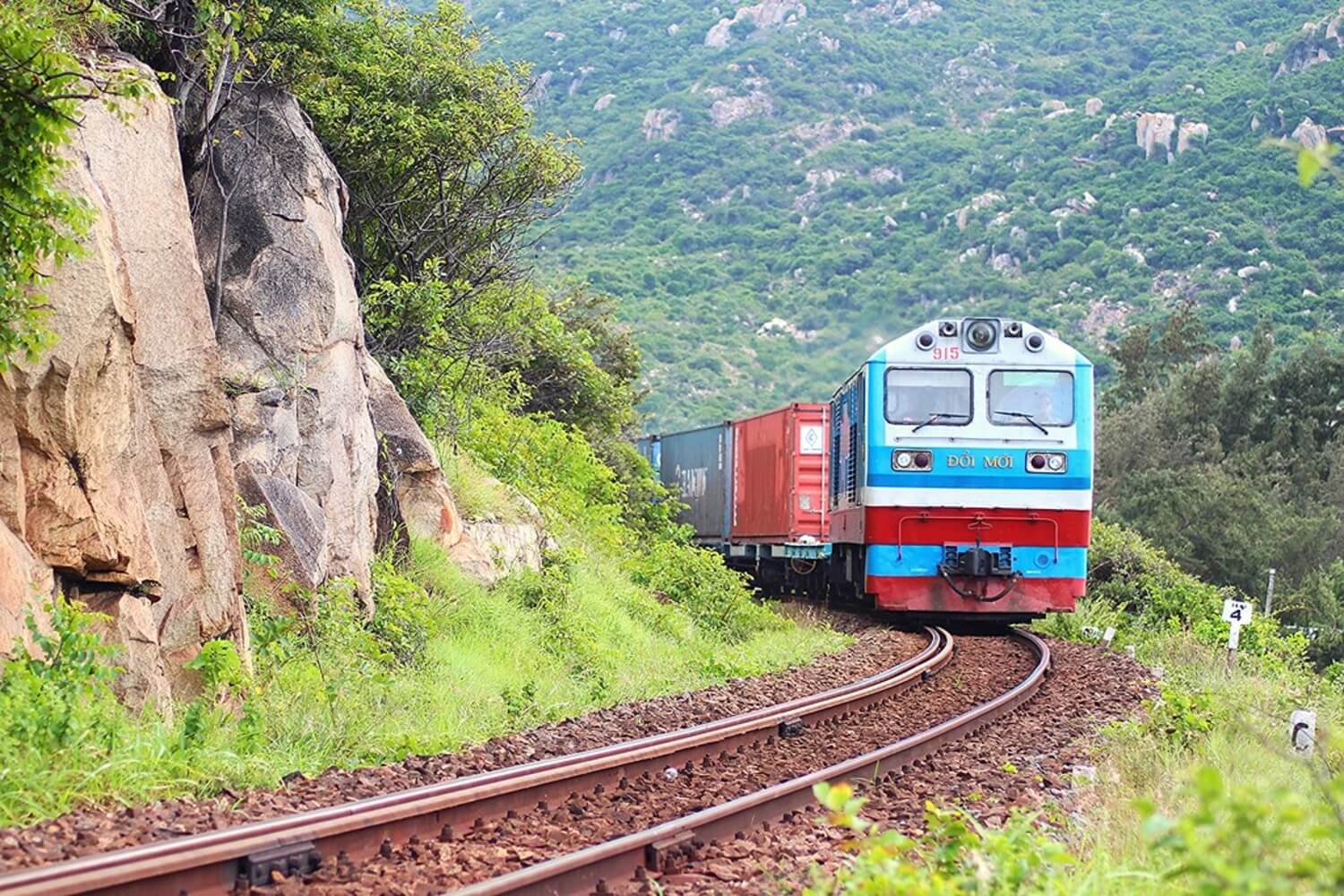
Getting around within the city:
- Ride-hailing apps: Services like Grab, Xanh SM, and Be are popular in major cities. You can book motorbikes or cars, with clear pricing and payment options by card or cash.
- Taxi: Choose reputable companies such as Mai Linh or Vinasun, which charge based on the distance traveled with transparent meters. This helps avoid being overcharged.
- Self-ride motorbikes: If you want to rent a motorbike to explore Vietnam, especially for cross-country trips, you can consider reputable companies such as Tigit Motorbikes, Style Motorbikes, Rentabike Vietnam, Dragon Bikes, and others. These providers are highly rated by international travelers, offer quality bikes, and support pick-up and drop-off in multiple cities. Note: You should carry an International Driving Permit (IDP), carefully check the bike before renting, and make sure you have travel insurance, which covers motorbike riding to ensure a safe and legal journey.
- Bus / Public Metro: Buses are an inexpensive way to get around, covering major cities and tourist spots. However, route signs and information are usually only in Vietnamese, which can be challenging for foreign travelers. In Hanoi and Ho Chi Minh City, urban metro systems have started operating, but currently, each city has only one fixed-route line. This is a modern option that helps avoid traffic jams and is convenient if your journey matches the metro route.
Tip: Always use Google Maps or offline map apps to avoid getting lost.
Currency and Spending When Traveling in Vietnam
Currency unit: Vietnam uses the Vietnamese Dong (VND). There are no coins in circulation; only paper and polymer banknotes are used. Common denominations include: 1,000 – 2,000 – 5,000 – 10,000 – 20,000 – 50,000 – 100,000 – 200,000 – 500,000 VND.
Exchange rates (2025, approximate):
- 1 USD ≈ 24,000 VND
- 1 AUD (Australian Dollar) ≈ 16,000 VND
- 1 KRW (South Korean Won) ≈ 18 VND
- 1 JPY (Japanese Yen) ≈ 155 VND
- 1 CNY (Chinese Yuan) ≈ 3,300 VND
Note: Exchange rates may fluctuate slightly over time so you should check the latest rates at banks or currency converter apps before making transactions.
Where to exchange money: You can exchange money at banks, licensed currency exchange counters, or at the airport (note that exchange rates at the airport are usually slightly less favorable). You shouldn’t exchange money at unverified or unofficial places.
Spending:
- Vietnamese Iced milk coffee (cà phê sữa đá): ~1 USD.
- Street food meal: ~2–3 USD.
- 3-star hotel room: ~20–40 USD/night.
- Entrance tickets to popular attractions: 1–10 USD.
Note:
It’s advisable to carry cash, as many places, especially in rural areas or small local shops, do not accept credit cards. Always keep your money in different places to avoid loss.
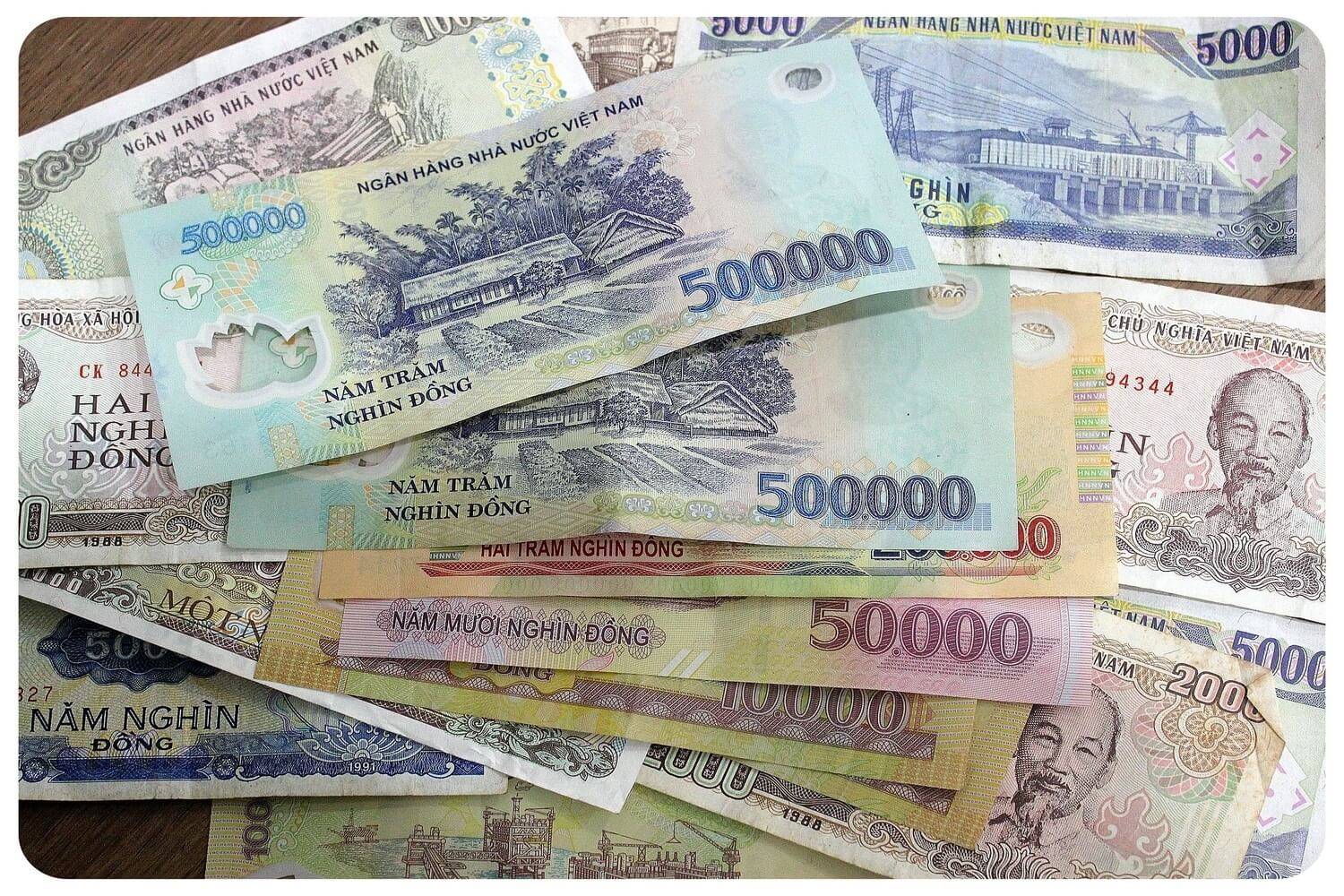
Culture and Etiquette
Vietnam is an East Asian country with many unique cultural traits. While Vietnamese people are friendly and welcoming, it’s helpful to keep the following in mind:
- Greetings: A smile and a nod are friendly ways to greet others. You should not hug or shake hands too firmly, especially with the elderly.
- Clothing: Dress modestly when visiting temples and pagodas—avoid short skirts or sleeveless tops. Swimwear is acceptable at the beach but be sure to change into modest clothing when leaving the beach area.
- Noise: Avoid speaking loudly in public places. Although Vietnam’s streets can be lively and noisy, polite behavior is always appreciated.
- Bargaining: You can bargain at markets, but always do so with a friendly and relaxed attitude—avoid being confrontational.
- Tipping: Tipping is not mandatory, but always appreciated. It’s common to tip tour guides, private drivers, massage therapists, or restaurant staff—typically around 5–10% of the bill, or based on your satisfaction. For small vendors or traditional taxi drivers, leaving an extra 1–2 USD (a few tens of thousand VND) is a nice way to show your appreciation.
Special note: Actions like touching other people’s heads (especially children) and pointing at someone’s face may be considered disrespectful.
Vietnamese Cuisine
Cuisine is one of the highlights that make Vietnam so captivating. From humble street food stalls to elegant restaurants, every dish reflects the rich regional identity and the use of fresh, flavorful ingredients.
Must-Try Dishes:
- Vietnamese noodles (Phở): This is the iconic dish of Vietnam. Phở features soft rice noodles in a fragrant broth simmered from beef or chicken bones, enhanced with spices like cinnamon and star anise for its signature flavor. This food is commonly enjoyed for breakfast and can be found everywhere, from humble street-side stalls to upscale restaurants.
- Vietnamese Banh Mi (Bánh mì): A crispy baguette filled with a variety of ingredients such as pâté, cold cuts, eggs, pickled vegetables, herbs, etc. This famous street food is quick, affordable, and delicious. Vietnamese people often enjoy bánh mì for breakfast or as a quick meal during the day.
- Spicy noodles (Bún Bò Huế): A flavorful and spicy noodle soup known for its bold taste from lemongrass, chili, and fermented shrimp paste. It features thick rice noodles and toppings like pork hock and crab cakes. While you can find it throughout Vietnam, the most authentic and delicious versions are in Huế—the dish’s hometown.
- Hủ tiếu: A popular breakfast dish in southern Vietnam featuring a light and sweet broth with chewy, soft rice noodles. There are many variations, such as hủ tiếu gõ, hủ tiếu Nam Vang, etc. Hủ tiếu is usually served with meat, shrimp, vegetables, and fried shallots.
Bún Chả: A Hanoi specialty consisting of charcoal-grilled pork, fresh rice noodles, sweet and sour fish sauce, and fresh herbs. This dish is famous for its rustic flavor and unique way of enjoying it. - Gỏi Cuốn (Fresh Spring Rolls): Rice paper rolls filled with shrimp, pork, noodles, and fresh herbs, which are light and healthy. It is typically dipped in peanut sauce or sweet and sour fish sauce. Popular in both casual eateries and restaurants.
- Vietnamese Hot Pots: Varieties such as seafood hot pot, fermented fish hot pot (lẩu mắm), and chicken hot pot with basil leaves (lẩu gà lá é) are commonly served with fresh vegetables and noodles. Hot pot is popular for gatherings and parties and can be served in eateries all over Vietnam, from north to south.
Food Safety:
Trying street food is an exciting experience, but you should keep the following in mind:
- Choose stalls or restaurants busy with local customers — this is usually a sign of fresh and reputable food.
- Avoid drinking water from unknown sources — only use bottled water with sealed caps.
- Avoid raw foods (such as raw seafood or unwashed raw vegetables) or spicy food if your digestive system is weak.
- Bring digestive medicine or probiotics in case you experience any stomach upset from new foods.
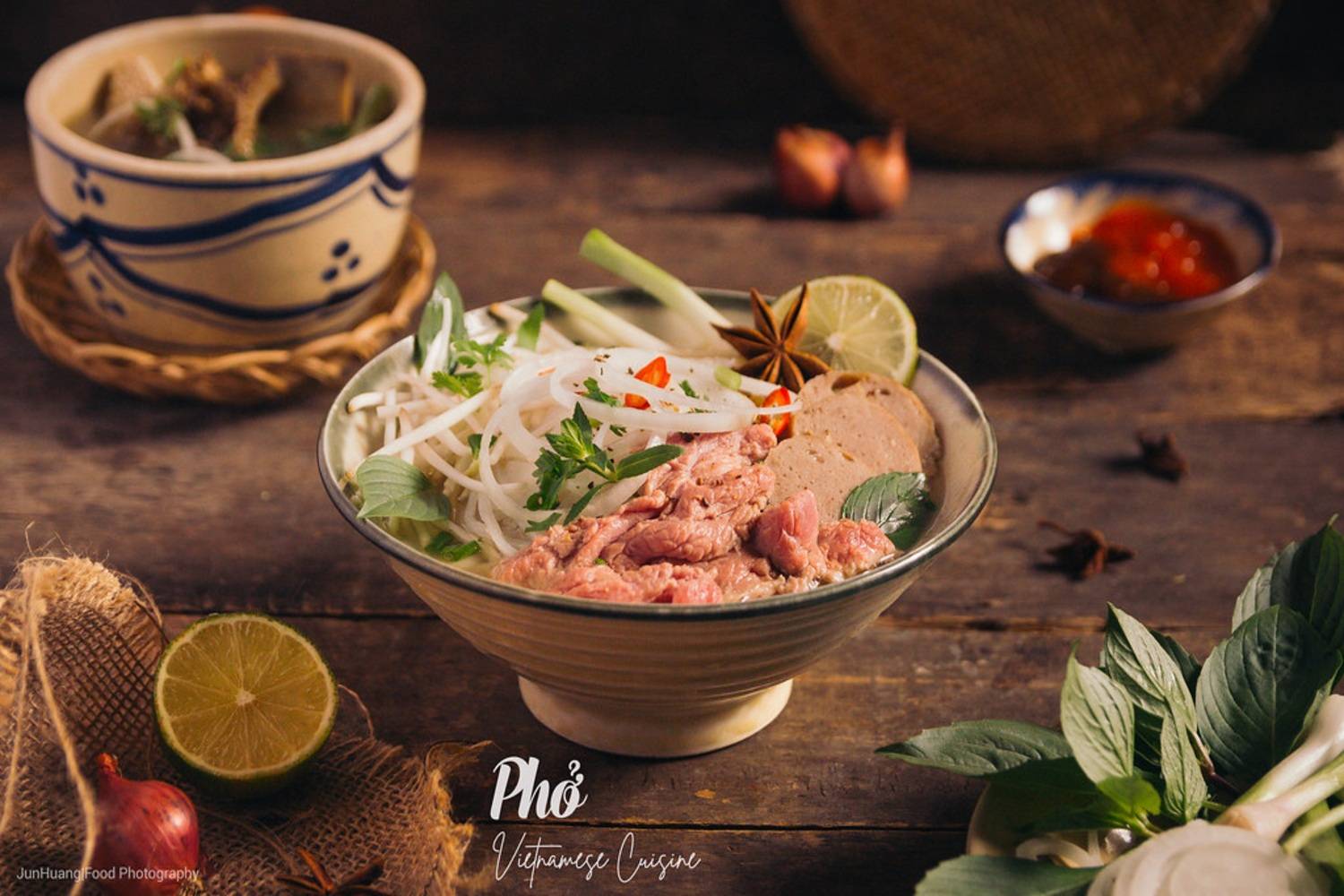
Language and Communication
Learn a few basic Vietnamese phrases
The official language is Vietnamese, which has a complex tonal system that makes pronunciation challenging for foreigners. However, Vietnamese people greatly appreciate it when you make an effort to speak a few basic words.
| English | Tiếng Việt | Tiếng Nhật (日本語) | Tiếng Trung (中文) |
| Hello | Xin chào | こんにちは | 你好 |
| Thank you | Cảm ơn | ありがとう | 谢谢 |
| Sorry / Excuse me | Xin lỗi | すみません | 对不起 / 劳驾 |
| How much is this? | Bao nhiêu tiền? | これはいくらですか? | 这个多少钱? |
| Where is the toilet? | Nhà vệ sinh ở đâu? | トイレはどこですか? | 洗手间在哪里? |
| I don’t understand | Tôi không hiểu | わかりません | 我不懂 |
| Do you speak English? | Bạn có nói tiếng Anh không? | 英語を話せますか? | 你会说英语吗? |
| Help me, please! | Giúp tôi với! | 助けてください! | 请帮帮我! |
| I want to order this dish | Tôi muốn gọi món này | これを注文したいです | 我要点这个菜 |
| No spicy, please | Không cay, làm ơn | 辛くしないでください | 不要辣,谢谢 |
When you face difficulties in communication, translation apps like Google Translate or iTranslate can be invaluable helpers. These tools assist you to:
- Communicate basic phrases in common situations, such as ordering food, asking for directions, or inquiring about prices.
- Quickly translate signs, menus, or images using the camera scan feature.
- Save important phrases for use when needed.
Tip: Download the Vietnamese language pack in advance for offline use. It is helpful when traveling to rural areas or places with weak internet connections.
In major cities, many young people and tourism staff can communicate in basic English. However, in rural areas, translation apps become a crucial tool to help you understand and be understood.
Body language and a friendly smile are always effective! Vietnamese people are hospitable and willing to help if you behave politely, patiently, and sincerely.
Security and Things to Avoid
Vietnam is a relatively safe country for international travelers, but like anywhere else, you should remain vigilant and aware of your surroundings:
Situations to watch out for:
- Pickpocketing and snatching: It often occurs in crowded areas, especially in Ho Chi Minh City or Hanoi. In busy places, you should wear your backpack on the front and do not keep your phone or valuables in outer pockets.
- Tour scams: These may happen when booking cheap tours from unknown sources. You need to check reviews carefully on platforms like TripAdvisor or Google Maps.
- Fake taxis: Only use taxis with clear logos or ride-hailing apps like Grab, Be, etc. Taxis are waiting around visit spots and offering too eagerly should be avoided.
- Traffic: It’s a “chaotic culture” with motorbikes moving everywhere. Look carefully both ways and cross the street slowly without hesitation.
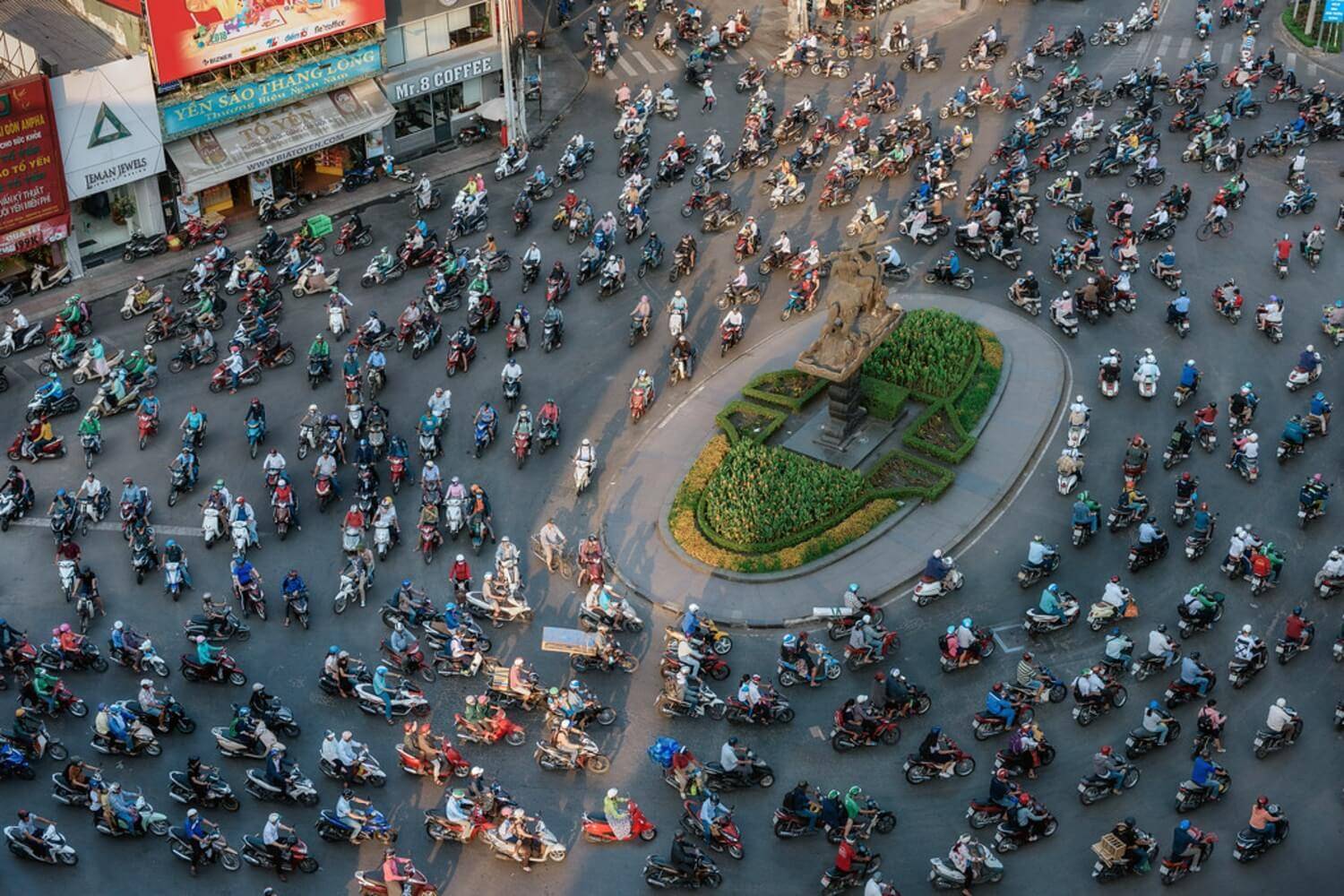
Suggestions:
- Use a crossbody bag or keep your passport, cash, and important documents inside your jacket.
- Avoid carrying too much cash or expensive jewelry when going out.
- Always keep a scanned copy of your passport in your email or phone to handle emergencies more easily.
Festivals and Local Culture
Festivals in Vietnam deeply reflect the country’s culture and spiritual life—ranging from folk beliefs to religious practices and historical commemorations.
Major Festivals:
Festivals in Vietnam deeply reflect the country’s culture and spiritual life, ranging from folk beliefs to religious practices and historical commemorations.
Major Festivals:
- Lunar New Year (Tết Nguyên Đán): Taking place from late January to mid-February, this is the most important holiday in Vietnam, marking a time for family reunions and new year celebrations with traditions like giving lucky money (lì xì), exchanging greetings, and eating bánh chưng (square sticky rice cakes). However, most services and businesses close for about 5–7 days during this period, so it’s advisable to plan.
- Perfume Pagoda Festival (Hanoi): From the first lunar month, lasting until March – pilgrimage to the sacred places.
- Hung Kings Temple Festival: Held in the third lunar month to honor the Hung Kings who are the legendary ancestors of the Vietnamese people.
- Vu Lan Festival (7th lunar month): A day to remember and express gratitude to parents and ancestors. It is similar in spirit to the Thai version of the same name.
Tip: When attending festivals, dress modestly and behave gently and respectfully in the crowd to show appreciation for the local culture.
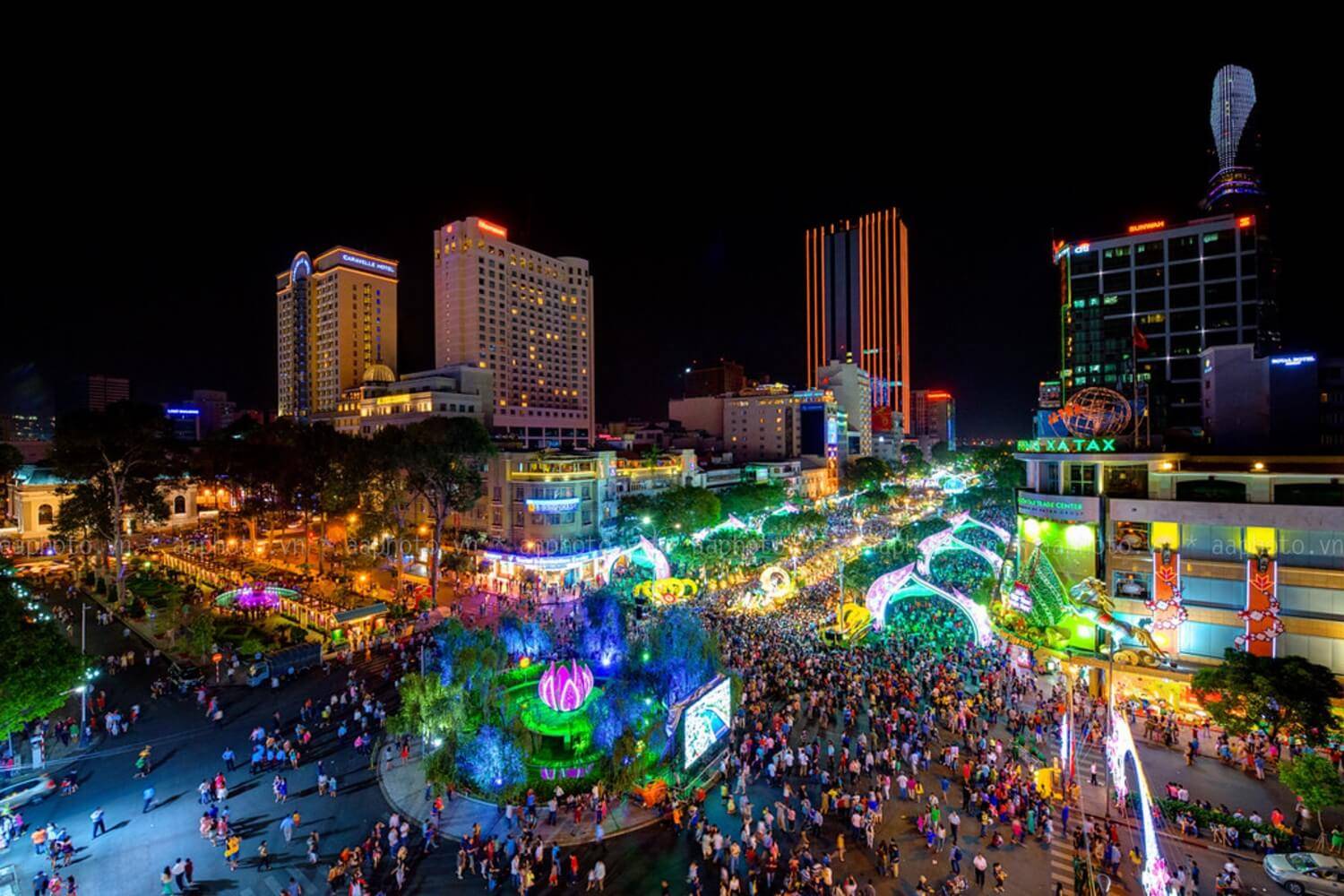
Health & Safety When Traveling in Vietnam
Vietnam is a relatively safe destination in terms of health, but to ensure a smooth and enjoyable trip, you should prepare a few essentials in advance.
International travel insurance is highly recommended, especially if you’re not used to tropical environments or unfamiliar foods, or if you plan to travel extensively. In case medical attention is needed, major cities like Hanoi, Ho Chi Minh City, and Da Nang have modern international hospitals where you can easily find English-speaking doctors. Some reputable facilities include:
- Vinmec International Hospital (branches in several major cities)
- FV Hospital (Ho Chi Minh City)
- Family Medical Practice (Hanoi, Ho Chi Minh City, Da Nang)
If you are taking prescription medication, make sure to bring enough for your entire trip, as some medications may not be available in Vietnam. Pharmacies are common, but staff often do not speak English, so being prepared in advance is more convenient.
Tap water in Vietnam is not safe to drink directly so you should always use bottled water. Street food is delicious and tempting, but if you have a sensitive stomach, it’s best to choose clean, busy places frequented by locals. Bringing some basic medications for stomach issues, colds, fevers, or allergies is also a good idea.
Regarding vaccinations, Vietnam does not require any for entry. However, for extra precaution, you may consider getting vaccinated against Hepatitis A, Hepatitis B, typhoid, or tetanus—especially if you plan to visit rural areas or engage in outdoor activities.
During the rainy season (roughly May to October), mosquitoes can be more prevalent—so it’s a good idea to bring mosquito repellent or wear long-sleeved clothing in the evenings.
In case of emergency, you can call for an ambulance by dialing 115. However, in remote areas, response times may be slower—so it’s wise to research the nearest hospital to your accommodation in advance.
Travel Tips for a Smooth Journey
The Internet in Vietnam is widely available, with fast speeds and strong coverage, especially in major cities and tourist destinations. It’s recommended to buy a 4G SIM card at the airport or from official stores of reliable carriers like Viettel, Vinaphone, or Mobifone. Tourist data packages typically last from 7 to 30 days and cost around 5–10 USD. Some areas now support 5G, though 4G remains the most common.
Useful apps to install in advance:
- Google Maps for navigation and finding places.
- Grab for booking motorbikes, taxis, and ordering food.
- Google Translate for quick translations when needed.
- Agoda / Booking.com for searching and booking hotels.
Additional tips:
- Always save photos of your hotel and its address in Vietnamese to make asking for directions easier.
- Bring a portable charger and a plug adapter (from round pins to flat pins), as the common power outlets in Vietnam are type A and C (two flat or round pins).
Traveling in Vietnam is a rich journey where you can immerse yourself in majestic nature, explore a profound culture, and enjoy distinctive cuisine. With careful preparation, an open mind, and a bit of flexibility, you will surely take away unforgettable experiences. It is not just beautiful photos, but also genuine emotions from the people and life here.
Wishing you a safe, joyful, and inspiring trip to Vietnam!


